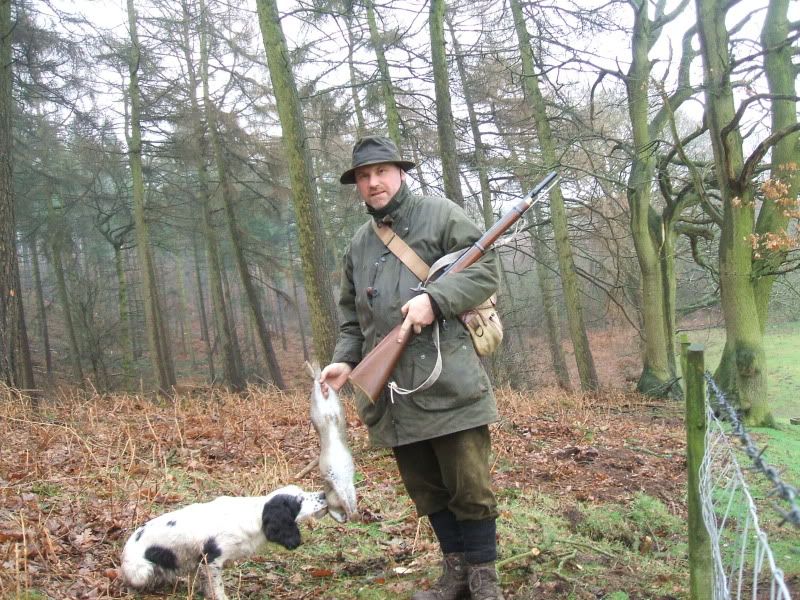When a flash channel is present in a percussion gun, you want it to be only large enough to allow AIR, being pushed ahead of the PRB or Minie ball as you push them down the barrel, to push some of the powder in your main charge into the flash channel, and over Under the nipple. That insures CONSISTENT, reliable ignition.
You can check to see if the ignition problems are due to this current shaped flash channel, by loading the gun as normal, but then removing the nipple, to look down to see if you have powder visible under the nipple.
If you don't, then opening that flash channel UP to a Round diameter, JUST LARGE ENOUGH to let the powder you are using travel into the flash channel from the barrel, is a wound idea.
If you do see powder under the nipple, the problem is with the Nipple, or your cleaning procedure, as Zonie describes, and several others have mentioned. Oil has to be removed from the Nipple( yes even that very much small er hole can foul your powder if oil is left in there) and from that flash channel under the nipple that leads to the breech end of the barrel. Flushing the bore with alcohol is the best way to clear the oil- and a more reliable way than firing caps off.
Oil burns at a higher flash point, and if you are using petroleum based oils, you will leave TARS in the flash channel, which can cause both misfires, and hangfires until they are burned out or otherwise removed. Not having remembered to flush the back end of the gun with alcohol, the next best way to clear the gun is to fire a couple of caps off in hopes they burn the oil clear. In such a case, I like to run a dampened cleaning patch down the barrel to catch the oil and debris from firing the caps, and then remove the patch from the barrel to remove that debris. The patch tells me if I had oil in the flash channel, or other debris. The patch also keeps all that stuff out of my barrel, so that the bore is clean for loading the powder charge and projectile. Yes, the patch is "scorched" by the flame from the caps. But, if its wet, or lubed, it usually is not burned thru.
There is a difference between a "Flash channel hole", and the hole in the nipple. The smaller hole in the nipple is designed to block most of the pressure from the gun going off so that your hammer is not blown back off the nipple when the gun fires.
Its a safety issue, so that the percussion cap does not fragment, and fly off the nipple to injure the shooter, or bystanders. ALWAYS check your nipple for wear. There are wires available to not only clear a nipple, but to measure the diameter the hole in that nipple. If there is any indication that the hole in the nipple is getting enlarged, Change the nipple. They don't cost that much- even for musket nipples, and shooters should have spare nipples in their kits always, along with that nipple wrench.
I can introduce you still to several friends of mine who were very embarrassed to admit they had not brought their nipple wrenches with them for a deer hunt, only to find their guns would not fire, and they had no way to get priming powder down under the nipple. Altho I was using my flintlock rifle on that hunt, I had my nipple wrench in my range box in the car, as well as priming powder, and I helped them all clear their guns with my tools. NO, I did not "rub it in". But, they all talked to me about the lesson they learned, privately, several times after that. Eventually, the story got out, and they all were able to laugh at themselves. People wanted to know why I had that nipple wrench along, and all I could tell them was that it was in the same place in my range box where I had always carried it, as I didn't need the space for anything else!( Dumb luck is the answer!)





